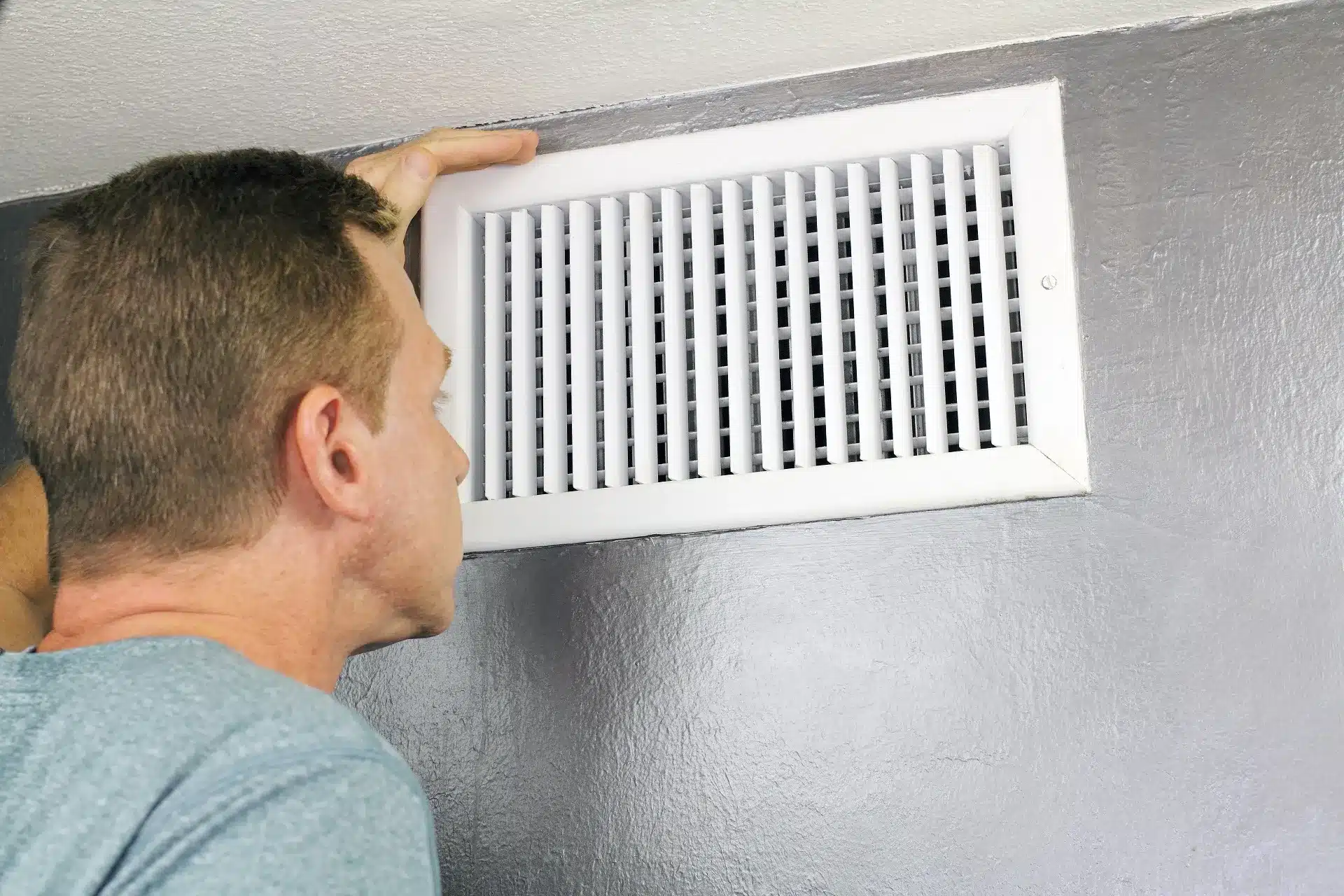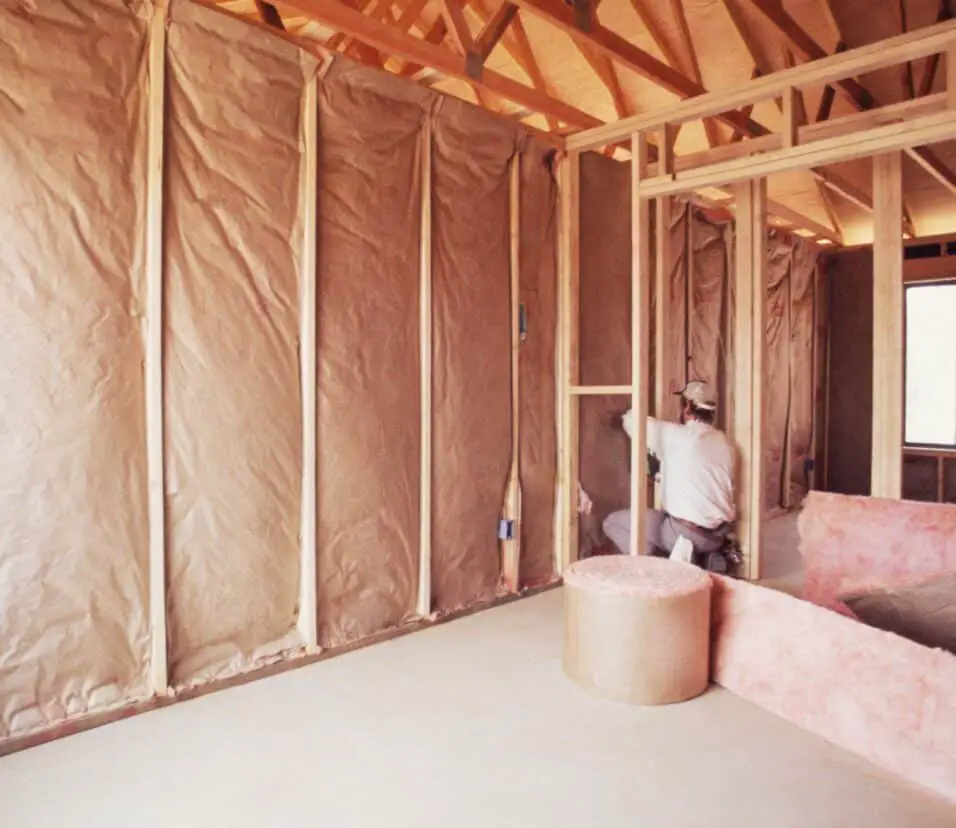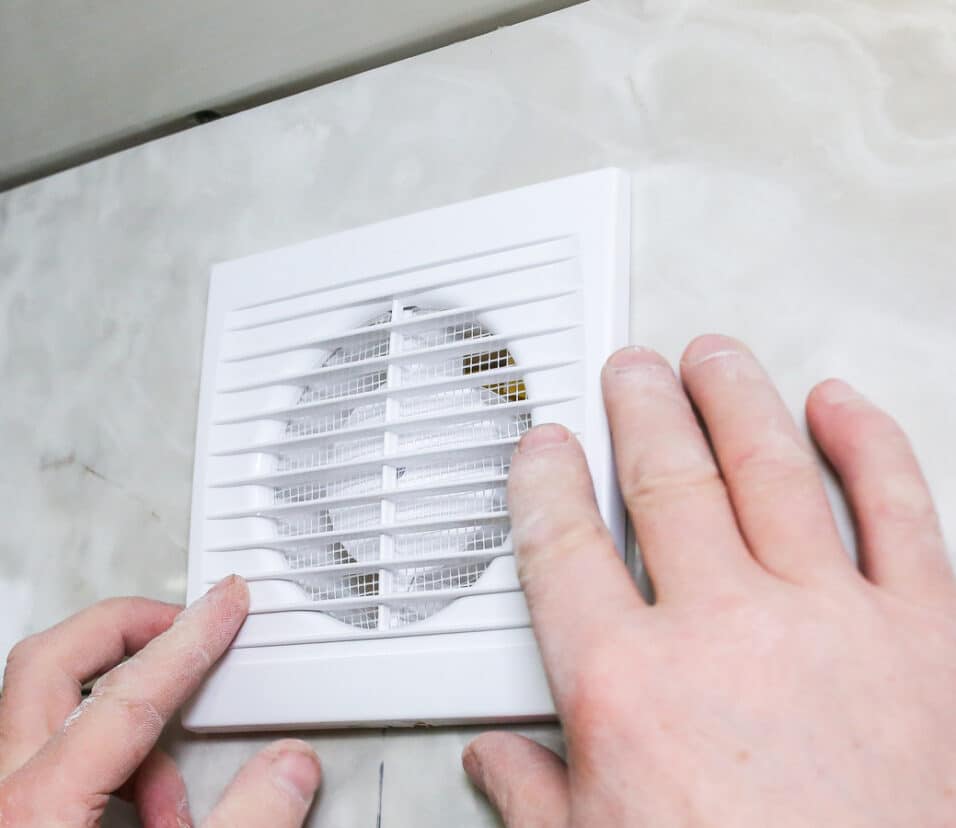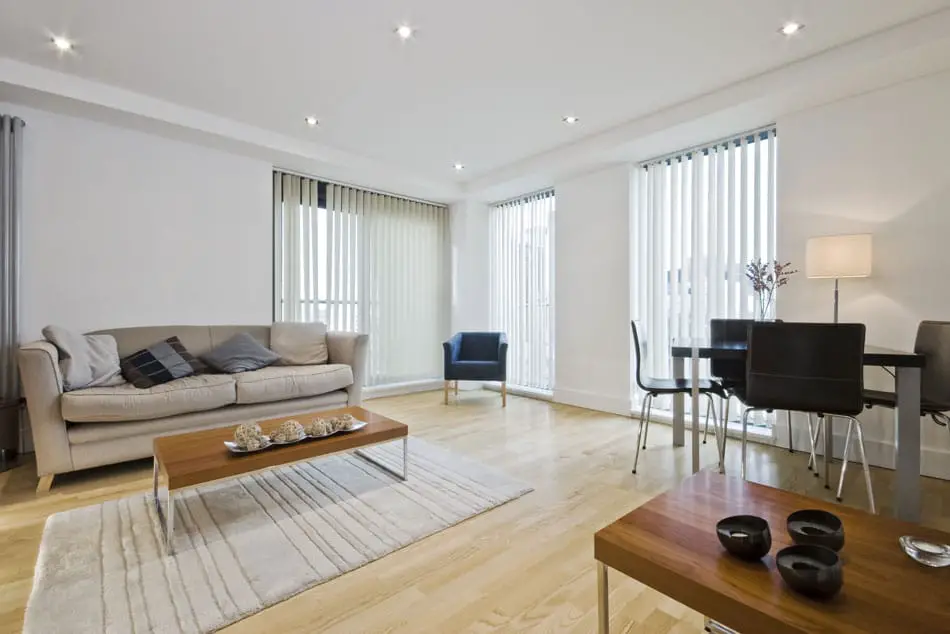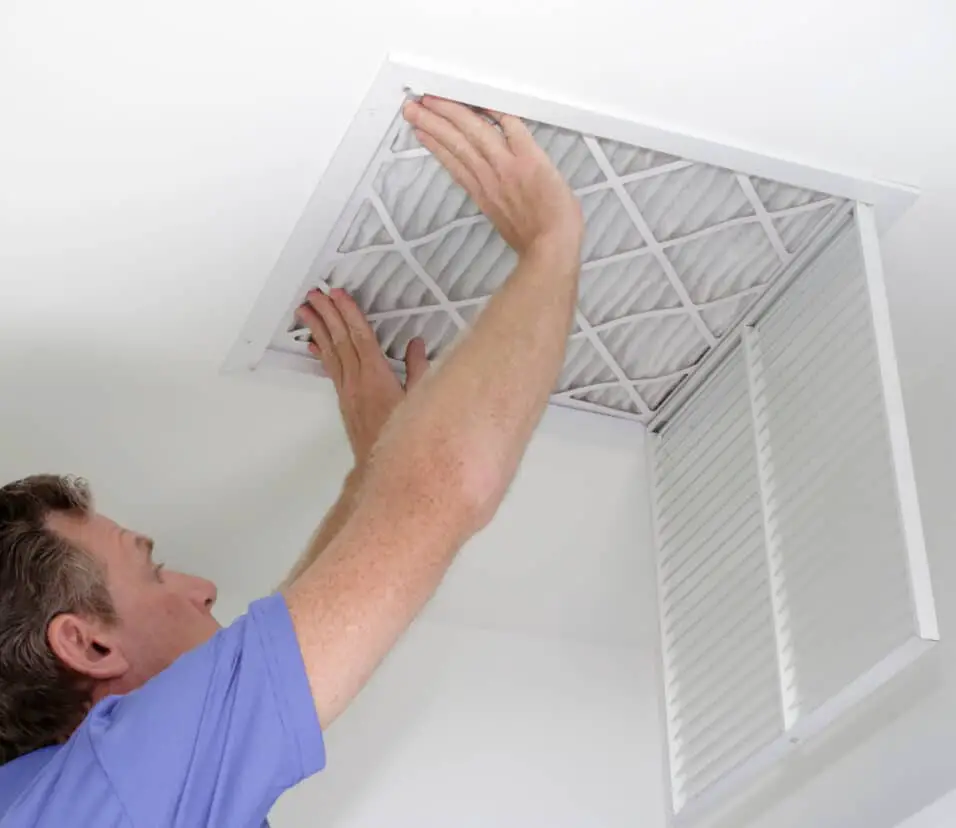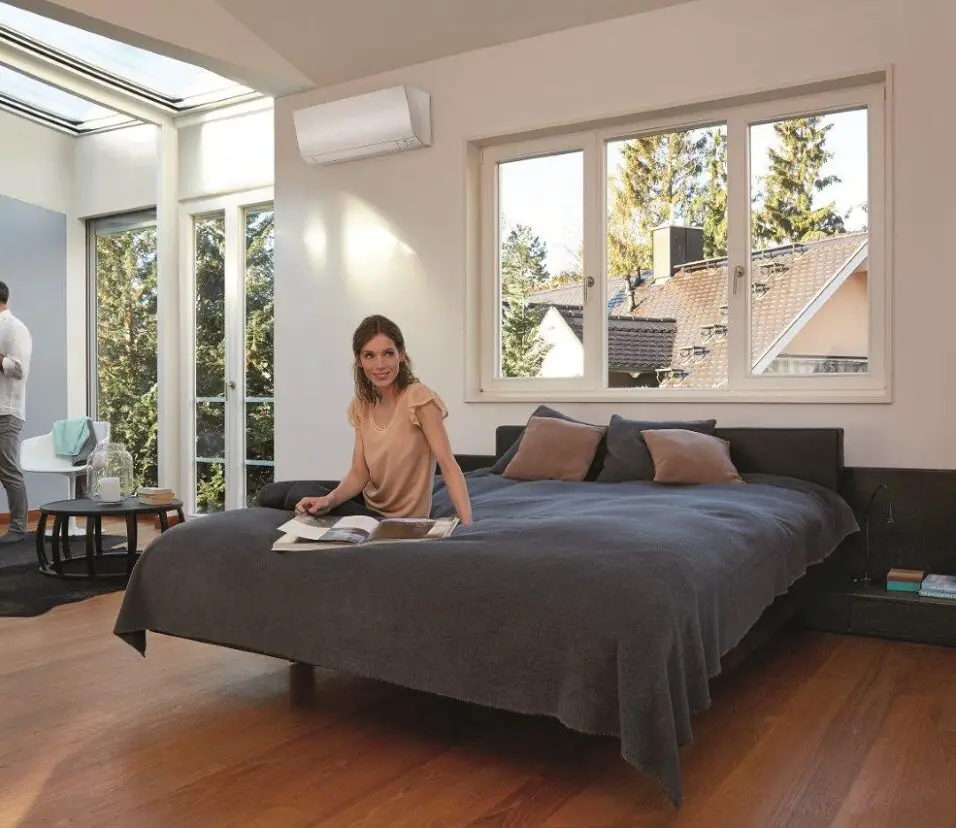How Often Should You Ventilate A Room
Introduction
How Often Should You Ventilate A Room: Ensuring proper ventilation in indoor spaces is essential for maintaining a healthy and comfortable environment. The quality of the air we breathe significantly impacts our well-being, influencing both physical health and cognitive function. Adequate ventilation helps to mitigate the buildup of pollutants, odors, and excess moisture, which can lead to various health concerns and discomfort. As such, the question of how often to ventilation house a room becomes crucial.
The frequency of ventilation depends on a variety of factors, including the size of the room, the number of occupants, the level of outdoor pollution, and the activities taking place within the space. Generally, experts recommend opening windows and allowing fresh air to circulate regularly. This can help expel stale indoor air and bring in oxygen-rich outdoor air, creating a balanced indoor atmosphere.
During colder months or in regions with poor outdoor air quality, finding the right balance between ventilation and maintaining a comfortable temperature can be challenging. In such cases, mechanical ventilation systems with filters can be utilized to ensure a steady influx of fresh air without compromising thermal comfort.
We will delve deeper into the considerations for determining the optimal frequency of room ventilation. By understanding the key factors and utilizing practical strategies, you can create a living or working space that promotes well-being and productivity through improved indoor air quality.
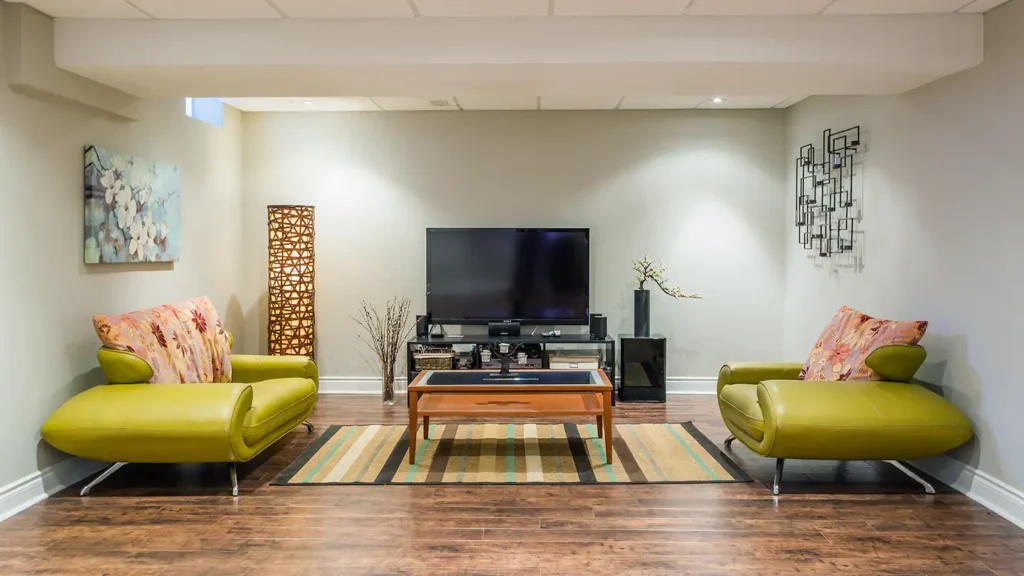
How often should I ventilate room?
Air warmer than your thermostat raises your indoor temperature, making your AC work more to chill your home. How often should windows be opened? At least five minutes daily is advised. 15–20 minutes is best.
Several indoor air quality factors affect room ventilation frequency. General ventilation advice is to open windows or use mechanical ventilation devices throughout the day. To replace stale indoor air, ventilate every two hours for a few minutes.
How often you ventilate depends on room size, people, and activity. Frequent ventilation may be needed in rooms with more people, dampness, or contaminants.
Weather and outdoor air quality affect ventilation needs. You may need to change ventilation frequency to balance air quality and comfort during excessive external pollution or extreme weather.
Ventilation can be determined by observing the indoor environment for stale air, odors, and humidity. The goal is to maintain a healthy, comfortable living place with fresh air.
Is it good to ventilate your room?
Ventilate your home by getting fresh air into your home, filtering the air that is there, and improving air flow. Improving ventilation can help you reduce virus particles in your home and keep COVID-19 from spreading.
Yes, ventilating your room is essential for maintaining a healthy and comfortable indoor environment. Proper ventilation helps to improve indoor air quality by removing pollutants, odors, and excess moisture from the air. It also replenishes oxygen levels, which is crucial for overall well-being and cognitive function.
Without adequate ventilation, indoor air can become stagnant and filled with allergens, dust, and harmful chemicals that are released from household products and materials. Poor air quality can lead to a range of health issues, including allergies, respiratory problems, and even long-term health risks.
Ventilation also helps to regulate indoor temperature and humidity levels, preventing the growth of mold and mildew that thrive in damp conditions. Moreover, proper airflow can reduce the buildup of carbon dioxide, which can accumulate when there are many occupants in a room.
Ventilating your room is not only good but necessary for creating a comfortable and healthy living space. By ensuring regular airflow, you can enjoy improved air quality, better health, and a more pleasant living environment overall.
Is it better to sleep in ventilated room?
“The air quality in the bedroom can affect your cognitive abilities, such as your ability to concentrate, to understand, and to react. Sleeping in a well-ventilated bedroom benefits your cognitive abilities,” says Pawel Wargocki.
Sleeping in a ventilated room offers numerous benefits for your overall well-being and quality of sleep. A well-ventilated room ensures a continuous supply of fresh air, which is essential for maintaining optimal indoor air quality. When you sleep, your body goes through a process of detoxification, and proper ventilation aids in expelling pollutants and allergens, creating a healthier sleep environment.
Ventilation helps to regulate the room’s temperature and humidity levels, creating a comfortable atmosphere for rest. Adequate airflow prevents the buildup of excess moisture, which can lead to the growth of mold and mildew, known allergens that can disrupt sleep and impact respiratory health.
Furthermore, a well-ventilated room supports better oxygen exchange, which is crucial for promoting deep and restorative sleep cycles. Proper oxygen levels contribute to cognitive function, mood regulation, and overall physical well-being.
By contrast, sleeping in a poorly ventilated room can lead to discomfort, congestion, and even sleep disturbances. Stale air, higher levels of carbon dioxide, and elevated temperatures can disrupt sleep patterns and lead to a restless night.
Prioritizing proper room ventilation creates an optimal sleep environment that fosters restful sleep, enhances overall health, and ensures you wake up feeling refreshed and rejuvenated.
What happens if you don’t ventilate your room?
Without proper air circulation, indoor spaces can become a breeding ground for harmful pollutants and toxins, leading to a range of negative health effects. From respiratory issues and headaches to more serious conditions like asthma, the consequences of poor ventilation can be severe.
Failing to ventilate your room can lead to a range of negative consequences for both your health and overall comfort. Without proper ventilation, indoor air can become stagnant, causing pollutants, allergens, and odors to accumulate. This can result in compromised indoor air quality, leading to a variety of health issues. Respiratory problems, allergies, headaches, and even more severe conditions like asthma can develop or worsen due to exposure to indoor air pollutants.
Excess moisture, which is common in unventilated spaces, creates an environment conducive to the growth of mold and mildew. These can release spores and mycotoxins into the air, contributing to respiratory distress and allergies.
Moreover, inadequate ventilation can lead to temperature and humidity imbalances, making the room uncomfortable and potentially disrupting sleep patterns. High levels of carbon dioxide from exhaled breath can accumulate, leading to feelings of drowsiness, lack of concentration, and reduced cognitive function.
Overall, the consequences of not ventilating a room are far-reaching, affecting both your physical well-being and the comfort of your living space. Prioritizing regular ventilation helps ensure a healthier, more pleasant indoor environment.
What factors should be considered when determining how often a room should be ventilated
The best room ventilation frequency depends on many parameters that affect indoor air quality and comfort. Room size, occupancy, activity, outdoor air quality, and weather are important.
Room size matters. Larger rooms may need more frequent ventilation to circulate air evenly. More occupants increase carbon dioxide and interior contaminants, requiring more frequent ventilation.
What happens in the room matters. Pollutants and moisture from cooking, cleaning, and product use require more frequent ventilation to prevent accumulation. Rooms in polluted environments may need extra ventilation to combat external contaminants.
Weather affects ventilation. Opening windows in nice weather is fine, but excessive temperatures may necessitate adaptations to balance comfort and fresh air intake.
The frequency of room ventilation depends on an intricate interplay of room-specific attributes and external factors. By comprehensively assessing these variables, one can establish an effective ventilation routine that fosters a healthier, more comfortable indoor environment.
Are there specific guidelines for how frequently a room should be ventilated, or does it vary depending on certain conditions?
The frequency of room ventilation depends on several circumstances, thus there is no set rule. The best ventilation rate varies on room size, occupants, activity, and exterior conditions.
Health and building groups offer general advice. To improve interior air quality, the EPA recommends opening windows several times a day. The American Society of Heating, Refrigerating, and Air Conditioning Engineers (ASHRAE) sets minimum ventilation rates for different spaces.
However, due to the diversity of indoor environments and individual needs, flexibility is crucial. Factors like the presence of allergies, respiratory conditions, outdoor pollution levels, and weather patterns can necessitate adjustments. High occupancy areas might require more frequent ventilation, while spaces with fewer occupants could suffice with less.
In colder climates or during extreme weather, balancing ventilation with maintaining a comfortable indoor temperature can be challenging. Mechanical ventilation systems equipped with filters can aid in achieving consistent fresh air exchange.
While some general guidelines exist, the frequency of room ventilation should be tailored to the unique circumstances of each space, ensuring optimal air quality and comfort.
Can you provide examples of activities that might require more frequent ventilation in a room?
Certain activities within a room can introduce pollutants, odors, and excess moisture into the indoor air, necessitating more frequent ventilation to maintain a healthy and comfortable environment. Cooking is a prime example, particularly when using gas stoves or frying foods, as these activities release particles and gases that can degrade air quality. In kitchens, where steam, smoke, and cooking odors are prevalent, regular and effective ventilation is vital.
Similarly, areas where cleaning products are used can benefit from increased ventilation. Many cleaning agents emit volatile organic compounds (VOCs) that can contribute to indoor air pollution. Adequate ventilation helps disperse these fumes and prevents them from accumulating.
Rooms where occupants engage in indoor hobbies such as painting, crafting, or woodworking may also require heightened ventilation. These activities can release fine particles, fumes, and dust that can degrade indoor air quality and pose respiratory risks.
Bathrooms are prone to excess moisture due to showers and baths, which can foster mold growth and humidity-related discomfort. Frequent ventilation helps to expel damp air, prevent mold formation, and maintain a dry and hygienic environment.
Any activity that introduces pollutants or increases humidity levels should prompt more regular ventilation. Tailoring ventilation frequency to accommodate specific activities ensures that indoor air quality remains optimal, enhancing both health and comfort.
Are there modern ventilation technologies or systems that can help maintain a consistent flow of fresh air while considering energy efficiency?
Indeed, modern ventilation technologies have emerged that effectively balance the need for consistent fresh air exchange with energy efficiency concerns. One notable innovation is the use of Heat Recovery Ventilation (HRV) or Energy Recovery Ventilation (ERV) systems. These systems capture and transfer heat or humidity from the outgoing air to the incoming fresh air, minimizing energy losses during ventilation.
HRV systems recover the heat from exhaust air during the colder months and use it to preheat the incoming fresh air. This maintains a comfortable indoor temperature while reducing the energy required to heat the incoming air from scratch. Similarly, ERV systems not only recover heat but also manage humidity levels, particularly beneficial in humid climates where excessive moisture can be a concern.
Smart ventilation systems are another advancement, using sensors to monitor indoor air quality and adjusting ventilation rates accordingly. When pollutants or humidity levels rise, these systems automatically increase ventilation to maintain a healthier environment. This on-demand approach optimizes energy usage by ventilating only when necessary.
Additionally, mechanical ventilation systems equipped with high-efficiency filters can help remove allergens, pollutants, and particulate matter from the incoming air, enhancing indoor air quality.
Modern ventilation technologies like HRV, ERV, and smart ventilation systems provide efficient ways to ensure consistent fresh air exchange while considering energy efficiency. These innovations contribute to healthier indoor environments without compromising sustainability goals.

Conclusion
The significance of proper room ventilation cannot be overstated. It is a fundamental aspect of creating a healthy and inviting indoor environment. The frequency of ventilate room a room should be tailored to specific circumstances, considering factors like room size, occupancy, outdoor air quality, and ongoing activities.
Regular ventilation, whether through natural means like opening windows or mechanical systems, is crucial for maintaining optimal indoor air quality. It helps to reduce the concentration of pollutants, allergens, and excess humidity, which can have adverse effects on our health and comfort. Moreover, consistent ventilation prevents the accumulation of stagnant air and fosters a fresh, revitalizing atmosphere.
Striking a balance between energy efficiency and indoor air quality is a challenge, particularly in extreme weather conditions. However, modern advancements in ventilation technologies, such as heat recovery systems, offer solutions that ensure a continuous supply of fresh air without compromising thermal comfort.
The ideal frequency of room ventilation varies, but the overarching goal remains the same: to create a space that supports our well-being. By understanding the unique requirements of your environment and making informed choices about ventilation, you can pave the way for a healthier, more pleasant indoor experience for all.



